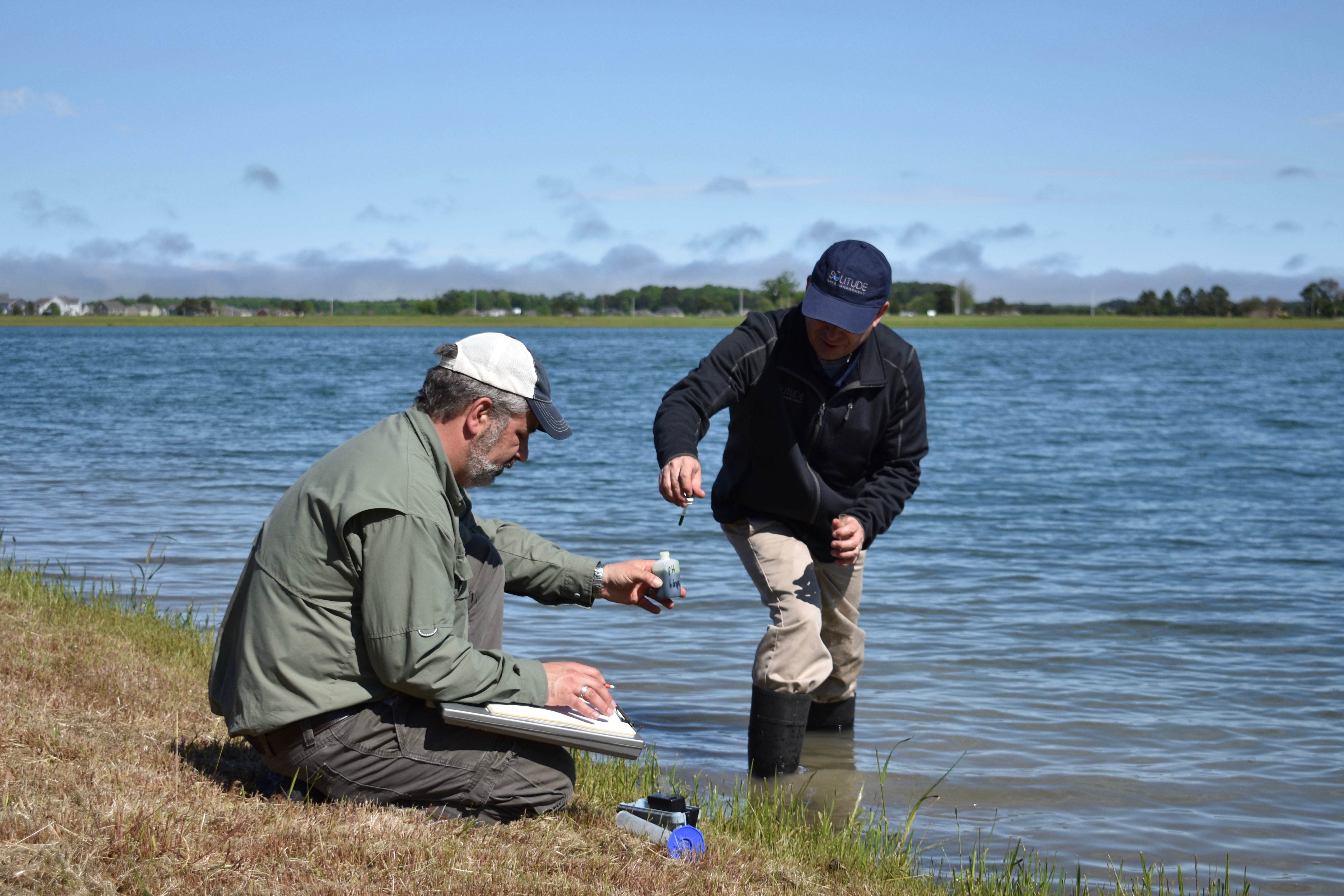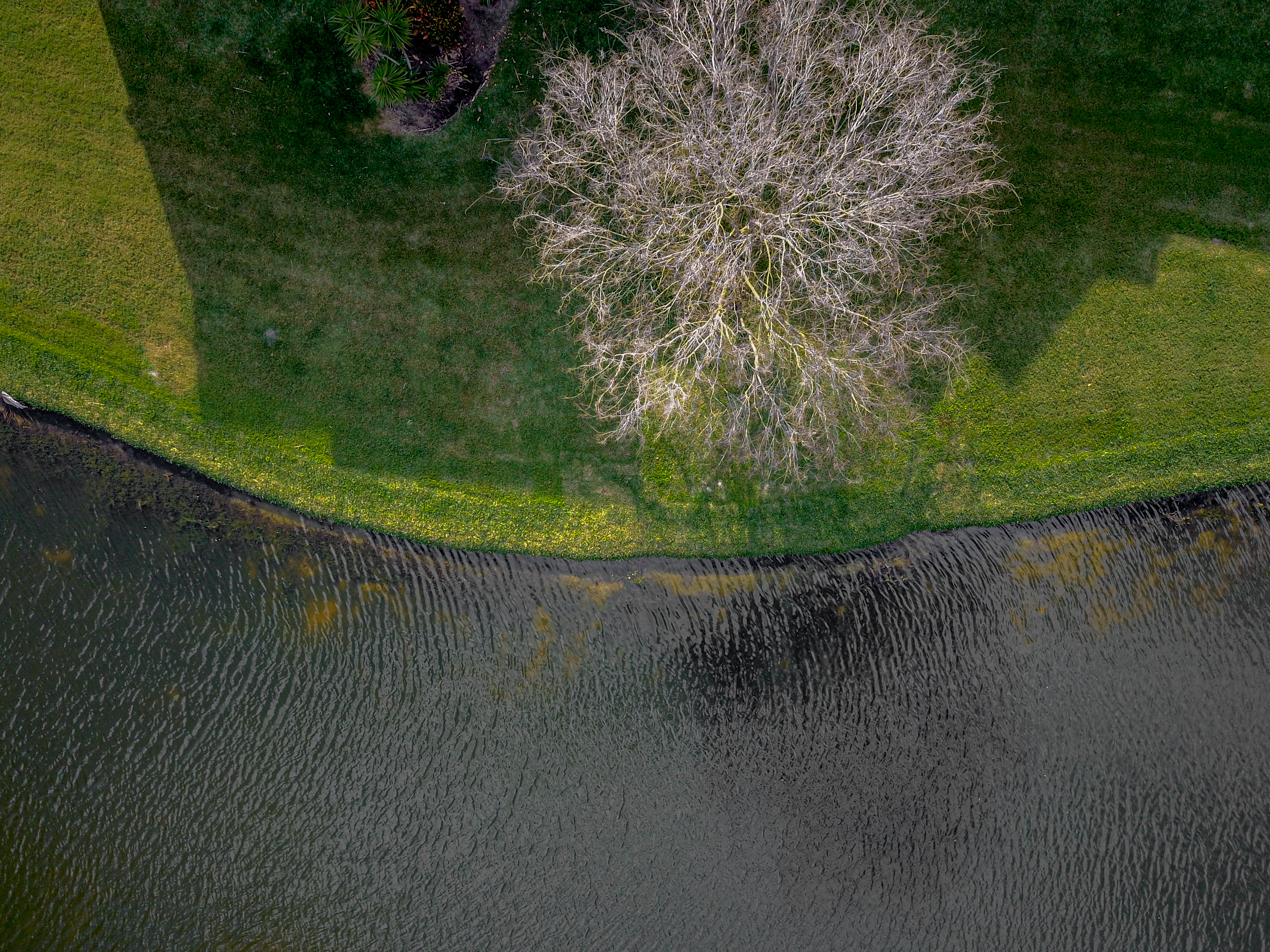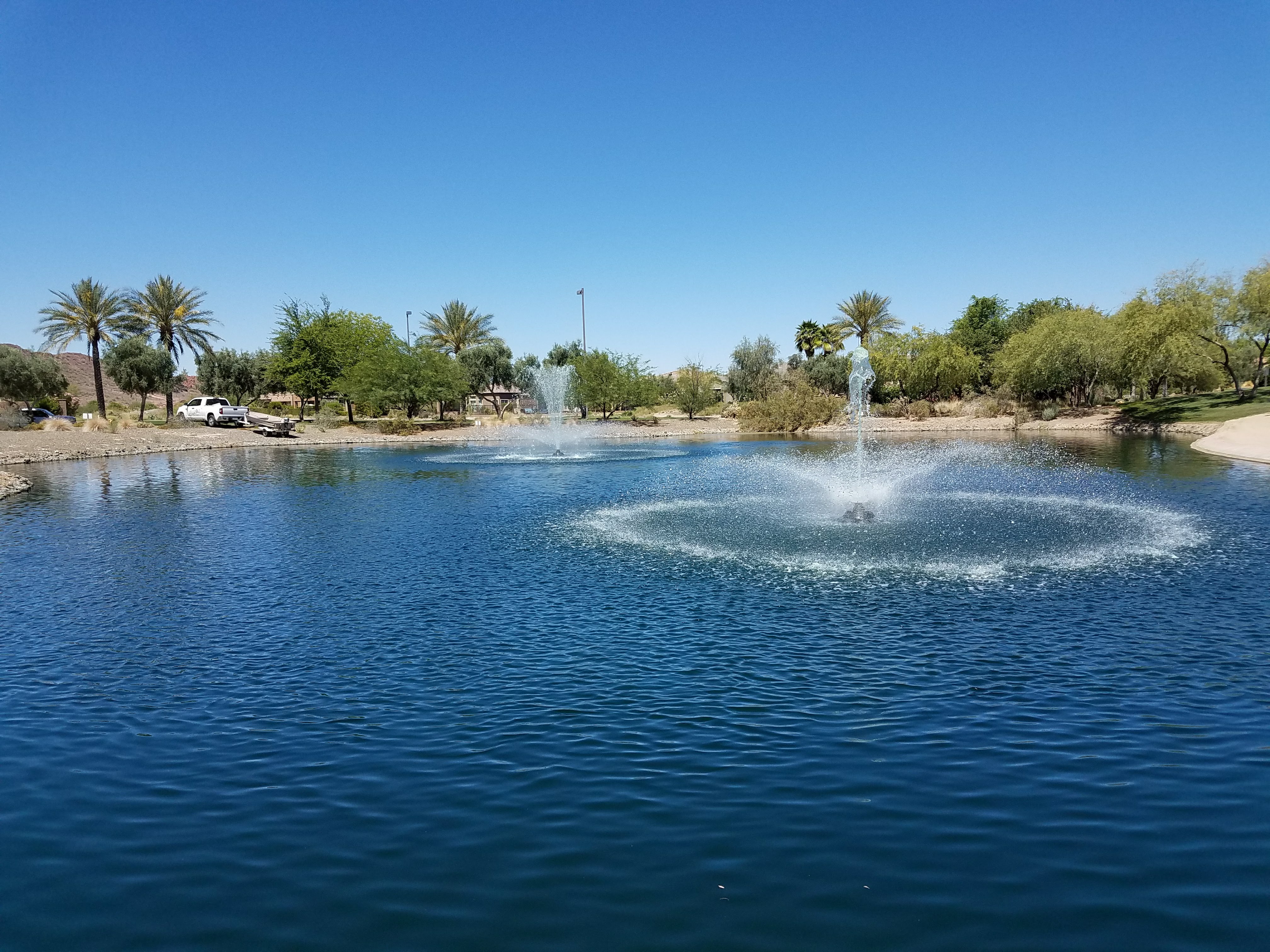When it comes to the lakes and stormwater ponds in a homeowners association, residents expect them to be healthy, beautiful, and functional. At the same time, they may be averse to the use of herbicides and algaecides for the management of these water resources. Though the pesticides used to eliminate aquatic weeds, algae, and toxic cyanobacteria are very low-risk, well-studied, and registered with the Environmental Protection Agency (EPA), residents sometimes prefer a 100% natural approach. With this in mind, property managers may find themselves in an uncertain situation. How do they meet the expectations of residents while keeping management costs as low as possible?
Though property managers see their water resources as an asset, some may not believe they have the budget necessary to keep them in peak condition through natural means. Fortunately, this couldn’t be further from the truth. On paper, pesticides sometimes seem like the most affordable and fast-acting option to eliminate nuisance weeds and algae; but the key word there is “eliminate.” This approach only works to target undesirable growth that has already appeared. Natural management programs, on the other hand, work to prevent that growth from ever occurring. And while pesticide-reliant approaches only provide short-lived results – meaning treatment costs will continue to rise over time – natural maintenance efforts typically yield better results and slash treatment-related costs by nurturing a healthier, more resilient waterbody.
Communities that choose a natural approach have many tools available to them. When establishing a natural management program, Aquatic experts can help stakeholders evaluate and understand their challenges, budget, and goals – and then create a tailored roadmap to achieve them. Though no two journeys are the same, almost all are driven by science-backed solutions and technologies:
 Water Quality Testing
Water Quality Testing
Water quality testing kicks off this journey. By analyzing water samples in a scientific laboratory, professionals can identify pollutants, algal toxins, and potential imbalances below the surface. Once your aquatic expert has a more complete picture, they can implement the right solutions. When collected on a consistent basis, this data can also expose bigger trends and help experts detect water quality changes before problems occur.
Nutrient Remediation
Waterbodies that struggle with aquatic weed and algae issues tend to contain an excess level of nutrients like phosphorus. Nutrients are the building blocks of aquatic life, but a surplus can lead to an overabundance of growth. Under chemical-free management programs, professionals rely on naturally-occurring products like aluminum sulfate or lanthanum-modified clay to “lock up” these excess nutrients and prevent them from playing a role in the food chain.
Maintaining Beneficial Shoreline Plants
Once nutrient levels in the waterbody are managed, it’s important to find the source. Grass clippings, yard waste, trash, animal droppings, lawn and garden fertilizers, and eroded sediment are all composed of nutrients, which inundate the water column when these organic materials are swept into lakes and ponds during rainstorms. Native flowering plants and tall grasses can be cultivated as a filtration buffer around the shoreline. Sometimes, nutrients are saturated in the bottom sediments. Hydro-raking or dredging can be used to physically remove this matter.
Shoreline Restoration 
A well-managed shoreline is not only aesthetically-pleasing, it’s essential to a healthy waterbody. In cases of severe degradation, a shoreline may need to be completely restored. Bioengineered restoration techniques are often the most impactful and long-lasting. During the process, experts fill patented knit mesh materials with sediment (sometimes dredged from the bottom) and then shape and anchor it to the land. Once in place, bioengineered shorelines are strong and beautiful, yet virtually imperceptible.
 Aeration
Aeration
Floating fountains are a staple of many HOA lakes to add movement and elegance to any waterbody. Fountains also have many water quality benefits such as circulation and oxygenation. A well-oxygenated waterbody is less hospitable to algae and weeds. Proper fountain sizing and equipment maintenance are crucial to reap these benefits. Professionals may also recommend pairing a fountain with a submersed aerator for top to bottom water quality improvements.
Community Education
Proactive maintenance tools are excellent, but nothing can beat the impact of well-informed residents. We each play a role in the health of our surrounding waterbodies. Small actions like reducing the use of garden fertilizers, picking up trash, and properly disposing of pet waste can reinforce ongoing management efforts, help you maximize your freshwater maintenance budget, and bring people together for fun and relaxation around the water.
Sustainable management programs aren’t just about finding natural solutions; they’re about getting ahead of problems and the natural milestones of aging that we know will occur weeks, months, and years down the road. While herbicides and algaecides are helpful and sometimes necessary tools in lake and pond management, they should never be viewed as a lasting solution. Even if a 100% natural management plan is not feasible due to budget, goals, or existing conditions, implementing some or all of these eco-friendly management solutions can help reduce the reliance on aquatic herbicides and save you money in the long run. Interested in a more natural approach to achieving a beautiful lake? Your local aquatic expert will guide you on the path to success – so that worrying about pond weeds or erosion is one less thing on your to-do list.
Trent Nelson is an Aquatic Specialist at SOLitude Lake Management, a leading environmental firm dedicated to the sustainable management of lakes, ponds, wetlands, and fisheries. Learn more about this topic at www.solitudelakemanagement.com/knowledge.
